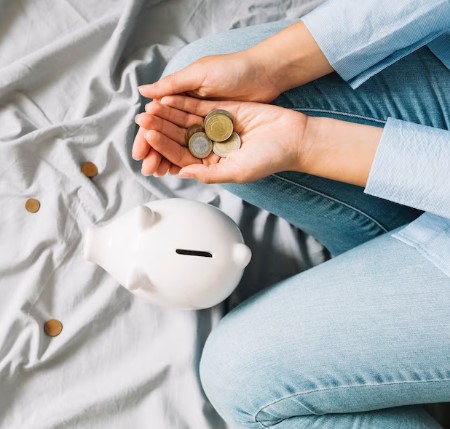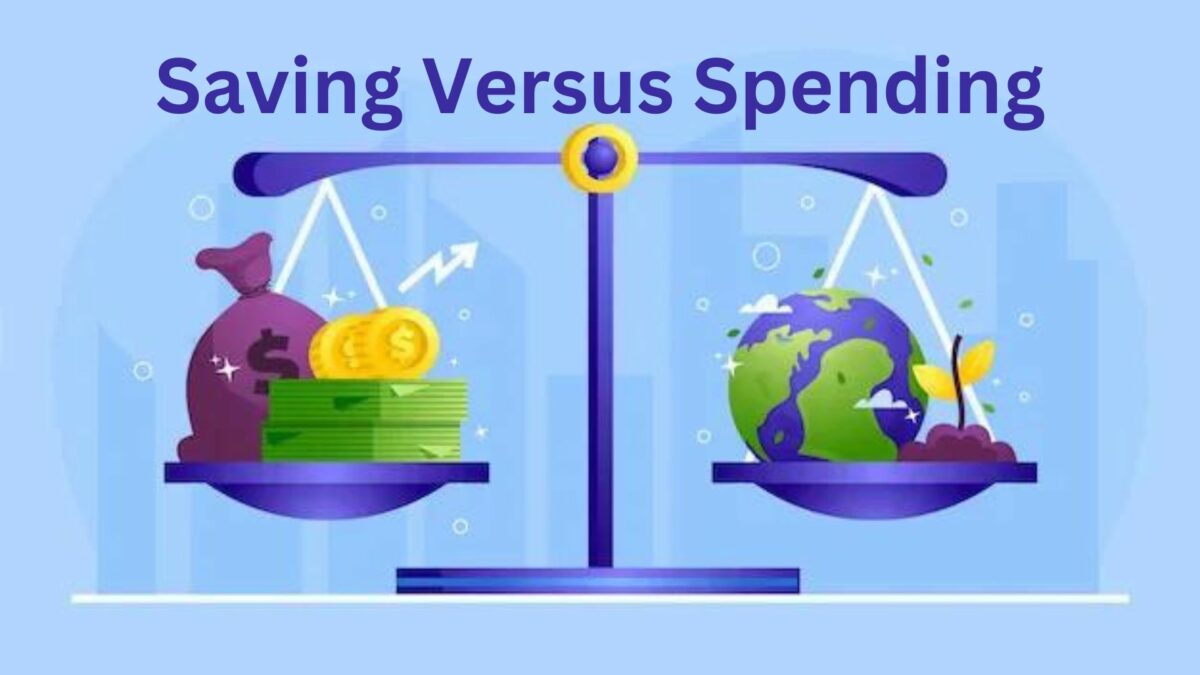“The oil men were acting like the peddler who lost money on every sale but tried to make it up on volume.”
-Paul Mallon
When Filene’s Basement closed, the hordes gathered to pick up the remnants of the bankrupt chain. The bankruptcy administrators held a liquidation sale, and people came to buy. One woman tells her story (approximately 8:30 here) of how she went and bought seven pairs of sunglasses. Her response when asked why? “Because they were 70% off.” I was listening to this NPR Planet Money podcast while walking the dog and let out a primal groan of angst. My dog stopped, expecting to need to leap into action to rescue me from some unknown assailant – probably one of the neighborhood cats. This woman was the victim of a lie we tell ourselves all of the time: we’re saving money when we’re actually spending it needlessly.
How often have you walked past a storefront window, seen something on sale that you didn’t need, thought “Wow! What a great price!” and subsequently bought it? After the purchase, you have a pang of regret – called buyer’s remorse – and rather than marching back to the store to return the item, you tell yourself that you saved money.
You’re lying to yourself.

Why do you do this? Why justify buying something you didn’t need with sophistry? The answer has to do with a mental coping mechanism called loss aversion. Loss aversion means that you would rather lose less than gain more. The classic example is when you’re presented with a sure thing versus a chance to double your money. Let’s say I offer you $1 or a coin flip where heads get you nothing and tails get you $2. Even though both of these scenarios are equivalent, most people will choose the $1 sure thing. Now, let’s say that you owe me $1 and I give you the chance to do a double or nothing coin flip. Heads mean you owe me nothing, and tails mean you owe me $2. Most people will now choose the coin flip. If we take this example further, the higher the stakes go, the more people are willing to leave money on the table. You might take $1 or a coin flip, but wouldn’t take $0.99. However, if you were offered $95 or a coin flip for $0 or $200, you might take the $95. Raise the stakes to a coin flip between $0 and $1,000,000, and you might take $400,000 as a guaranteed payment. That’s why the banker on Deal or No Deal never offers even odds.
Monkey Brain will buy an item simply because it’s on sale.
How does this relate to the item on sale that you just couldn’t resist? You’ve created a mental construct to protect yourself from further loss. Rather than saying that you spent—or, in this case, lost—the money you paid for the item, you project a gain, which is the amount you saved on the item off of the retail price.
How do you protect yourself from your impulses?
- Always shop with a list. If it’s not on the list, you don’t buy it.
- Take 15 minutes to walk around before making the purchase. This allows your frontal cortex – the thinking part of your brain – time to overcome the limbic system – Monkey Brain.
- Have a subaccount for impulse buying. Let your inner Suzy Saver have the moment of joy with small purchases. This also prevents you from feeling so constrained if you need to cut back spending to reduce debts or to pay for an upcoming purchase.
How do you fight Monkey Brain when it comes to impulse spending? Tell us about it in the comments below!
Author Profile
- John Davis is a nationally recognized expert on credit reporting, credit scoring, and identity theft. He has written four books about his expertise in the field and has been featured extensively in numerous media outlets such as The Wall Street Journal, The Washington Post, CNN, CBS News, CNBC, Fox Business, and many more. With over 20 years of experience helping consumers understand their credit and identity protection rights, John is passionate about empowering people to take control of their finances. He works with financial institutions to develop consumer-friendly policies that promote financial literacy and responsible borrowing habits.
Latest entries
 Low Income GrantsSeptember 25, 2023How to Get a Free Government Phone: A Step-by-Step Guide
Low Income GrantsSeptember 25, 2023How to Get a Free Government Phone: A Step-by-Step Guide Low Income GrantsSeptember 25, 2023Dental Charities That Help With Dental Costs
Low Income GrantsSeptember 25, 2023Dental Charities That Help With Dental Costs Low Income GrantsSeptember 25, 2023Low-Cost Hearing Aids for Seniors: A Comprehensive Guide
Low Income GrantsSeptember 25, 2023Low-Cost Hearing Aids for Seniors: A Comprehensive Guide Low Income GrantsSeptember 25, 2023Second Chance Apartments that Accept Evictions: A Comprehensive Guide
Low Income GrantsSeptember 25, 2023Second Chance Apartments that Accept Evictions: A Comprehensive Guide

